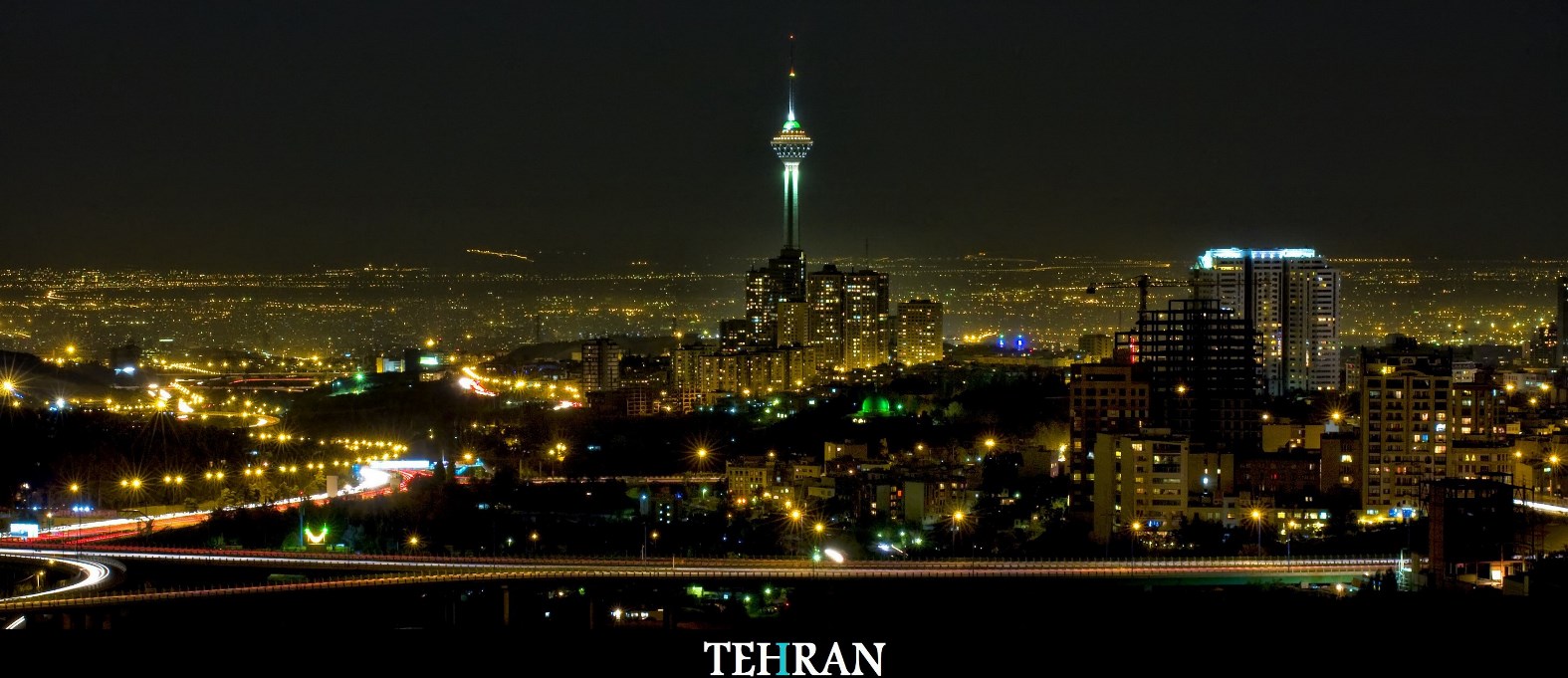

A new report says Iran can earn more revenue from its mineral reserves than crude oil sales, if it takes appropriate measures to develop those reserves.
The report, which appeared on Bloomberg website on Sunday, said Iran, as the fifth-largest crude producer among the member states of the Organization of the Petroleum Exporting Countries (OPEC), has potential to generate more revenue from mining than it does from crude if the government puts more focus on developing the metals sector.
Quoting Iran’s deputy minister of industry, mine and trade, Mojtaba Khosrowtaj, the report noted that metals such as copper and lead and higher-priced rare earth elements could be worth “much more” than Iran’s oil industry revenue, which stands at about $30 billion, assuming that crude is sold for $40 a barrel and also assuming daily crude exports of 2 million barrels.
According to Bloomberg, Iran is opening $30 billion of energy projects and $29 billion of mining deals to investors once international sanctions imposed on the country are lifted.
Sanctions were imposed on Iran by the US and the European Union at the beginning of 2012, claiming that there was diversion in Iran’s peaceful nuclear program toward military purposes; an allegation that Iran categorically rejected.

The Islamic Republic clinched an agreement over its nuclear program, known as the Joint Comprehensive Plan of Action (JCPOA), with six world powers in Austrian capital city, Vienna, in mid-July.
According to JCPOA, sanctions imposed on the country’s economic and energy sectors will be lifted in return for certain restrictions on Iran’s civilian nuclear program.
Elsewhere in its report, Bloomberg said Iran has more than 3,000 active mines, mostly privately owned, according to the US Geological Survey.
Explaining that Iran’s mineral sector is still using equipment developed 15 or 20 years ago because of lack of funds due to sanctions, Khosrowtaj added, “We could use new technologies.”
Iran produced 2.7 million barrels of crude oil a day in October, standing behind Saudi Arabia, Iraq, the United Arab Emirates and Kuwait, according to data compiled by Bloomberg.
However, when it comes to metal production in the region, Iran is the largest producer of iron ore, crude steel, manganese, lead, cement, gypsum and copper, according to USGS data.

Domestic and overseas companies need to be encouraged to develop Iran’s mining sector, Khosrowtaj said, noting, “The Iran of the future is one where mining can gradually start replacing oil. We have asked potential investors to pay attention to the mining sector.”
The Iranian deputy minister stated that about 37 billion metric tons of minerals valued at $700 billion have been discovered in Iran from exploration work at 50 meters (164 feet) underground, saying that reserves may be greater if exploration work is done deeper in the ground and on a larger scale.
In late September, Deputy Economy Minister Mohammad Khazaei said Iran plans to attract $15 billion of foreign investment in its vast but largely underdeveloped mining sector.
“The huge quantities of mineral resources call for the attraction of domestic and foreign financial resources,” he added.
Iran’s mineral reserves are estimated at 60 billion metric tons, including 37 billion metric tons of proven deposits. Officials say known reserves have been found on explorations over only 7% of Iran’s total area.
